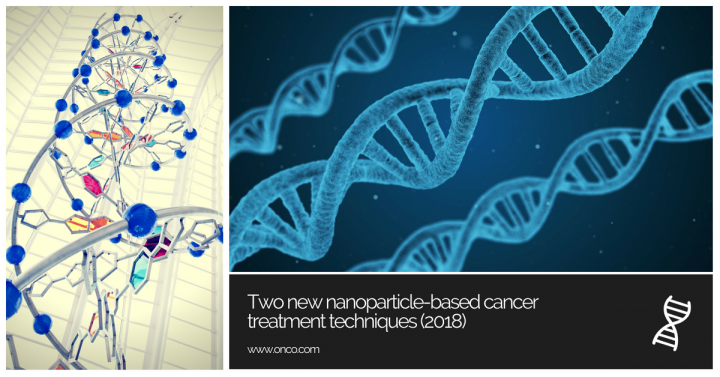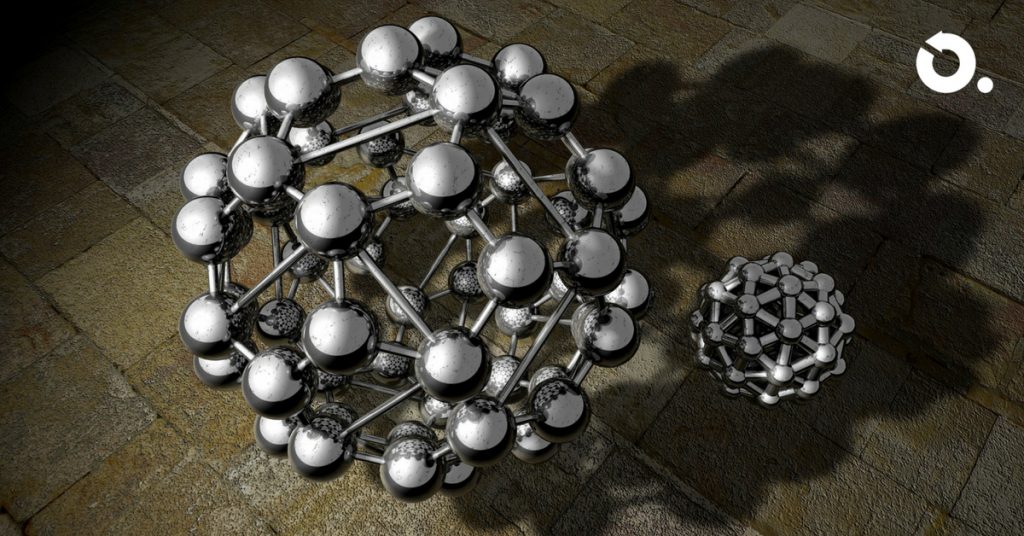Nanoparticles & Cancer
Around the world, scientists have been trying to develop cancer treatments that either use nanoparticles as carriers to enable better responses to targeted therapy/chemotherapy drugs, or as the direct treatment approach (e.g. using silver nanoparticles to target and destroy tumor cells).
 As the name suggests, ‘nanoparticles’ are nanometre-sized particles with distinct physical and chemical properties. These properties are being utilized for various benefits in biological and commercial purposes.
As the name suggests, ‘nanoparticles’ are nanometre-sized particles with distinct physical and chemical properties. These properties are being utilized for various benefits in biological and commercial purposes.
Researchers from institutes such as MIT (Massachusetts Institute of Technology) and BHU (Banaras Hindu University) have been working on different approaches to this type of treatment, and have recently published their findings.
Normal living organism cells are usually in the range of a micrometre, and the internal cell contents are even smaller. In such cases, the use of nanometre-sized particles (which are a thousand times smaller than regular cells) opens up a broad avenue for biological applications in medical science. It is possible to use man-made nanoparticles to probe and understand internal cellular processes without interfering with any of the cell functions. This, for instance, helps us understand cellular processes that take place inside cancer cells, in turn helping us identify the right targets within those cells, for a more effective treatment approach.
The various medical applications of nanoparticles include:
- Drug and gene delivery
- Detection of disease-causing pathogens
- Other diagnostic applications (such as protein detection, MRI enhancement, etc)
“Nanoparticles have caused major developments in drug delivery in several malignancies and drug delivery to the brain has always been a tough challenge due to the blood-brain barrier. If this technology works in patients, we may see a dramatic shift in survival outcomes for deadly tumours such as Glioblastoma (GBM).” – Dr Amit Jotwani (Sr Radiation Oncologist, Co-founder, Onco.com)
Nanoparticles used as ‘carriers’ in cancer treatment
Cancer researchers at MIT have developed[1] a way to treat Glioblastoma more effectively, using nanoparticles as ‘carriers’ for existing drugs.
Due to the blood-brain barrier, a lot of the present-day drugs cannot cross the blood vessels and reach diseased brain tissues, rendering them ineffective. Nanoparticles can change this.
MIT researchers have designed drug-delivering nanoparticles that can easily cross the blood-brain barrierand bind directly onto tumor cells. One of these drugs will directly damage the tumor cell DNA, and ithe other drug will combat the defense mechanism of the tumor cells to fight the damage.
“What is unique here is (that) we are not only able to use this mechanism to get across the blood-brain barrier and target tumors very effectively, we are using it to deliver this unique drug combination.” – Paula Hammond, (David H. Koch Professor in Engineering, Head of MIT’s Department of Chemical Engineering, Member of MIT’s Koch Institute for Integrative Cancer Research)

Nanoparticles used to attack cancer cells directly
In India, researchers have been working[2] on developing nanoparticles that attack cancer cells directly.
Researchers at BHU (Banaras Hindu University, India) have developed a silver nanoparticle by incubating a banana leaf with silver nitrate, assisted by the secondary metabolites present in banana.
Post this process, the generated particle was characterised using electron microscopy, scanning electroscopy, transmission, and X-ray diffraction, to confirm nanoparticulate properties.
“Soon, we are going to make a publication of our work, showing the mechanism by which silver nanoparticles kill only the cancer cells and not the normal blood cells.” – Dr Geeta Rai (Assistant Professor, Department of Molecular & Human Genetics, Institute of Science, BHU)



